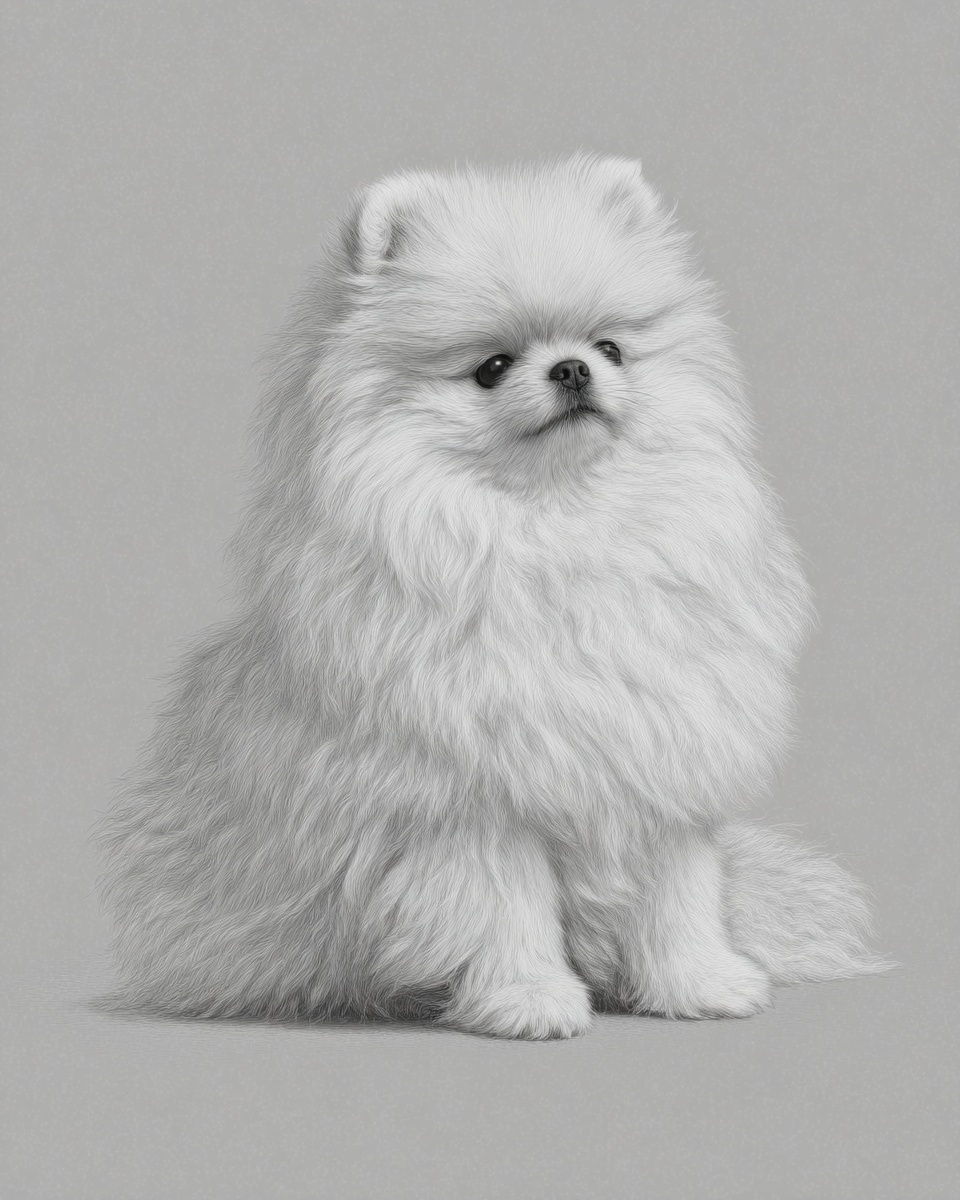Pomeranian

Description
Pomeranians come from the cold regions of Pomerania, now part of Poland and Germany. They belong to the Spitz family, known for dense fur, small ears, and pointed muzzles. Their ancestors were large sled dogs built for Arctic work. Today’s Poms are tiny compared to those early dogs. Queen Victoria helped make the small size popular in the 19th century. These little dogs weigh between 3 and 7 pounds. They carry themselves with confidence and can be quite bold despite their size. Pomeranians love attention and often act as watchdogs, barking at anything unusual. They’re curious and playful but can be wary of strangers. Early socialization helps them get along with other dogs and people.
Grooming
Pomeranians have a long, double coat that needs daily care to stay healthy. Their thick fur sheds moderately and mats easily if you skip brushing. Use a pin brush to reach the undercoat and follow with a metal comb to catch tangles down to the skin. Bathing every 4 to 6 weeks keeps their coat clean, but make sure they dry completely to avoid skin issues. Trim around the feet and keep the sanitary areas neat between full grooms. - Brush daily, focusing on the undercoat - Bathe every 4–6 weeks, dry thoroughly - Trim feet and sanitary areas regularly - Check for mats, especially in humid weather - Use gentle shampoos for sensitive skin Pro tip: When brushing, part the fur in sections to reach the skin easily and prevent mats from forming unnoticed. Poms come in many colors and patterns, from orange sable to blue merle, so regular grooming also helps spot any coat changes early.
Learn the Double routine:
→ Complete Double Grooming Guide
Walking
Pomeranians need about 25 minutes of walking each day, usually done in one session. A single, focused walk helps burn off energy and keeps them mentally sharp. These little dogs enjoy exploring but watch their pace—they’re small and can tire quickly. Avoid long or rough hikes. Stick to calm, familiar routes where they feel safe. Example routine: - Morning: 25-minute walk around the neighborhood, letting your Pom sniff and explore at their own pace. - Use a harness instead of a collar to protect their delicate necks. Keep walks consistent and calm. Poms bark a lot, so a good walk helps reduce nervous energy and keeps them settled indoors.
Boarding
When boarding a Pomeranian, use a crate sized between 24 and 30 inches. They need a cozy, secure space that fits their small frame comfortably. Poms prefer calm play and gentle interaction. Staff should introduce themselves slowly and keep routines predictable to avoid stress. Daily exercise is key but keep it low-key. Short play sessions and quiet decompression time help them settle. Enrichment like puzzle toys or gentle petting works well. Pomeranians can be vocal, so staff should be ready to manage barking with patience. Note for staff: These dogs bond quickly but can be shy with new people. Consistent, gentle handling and a steady schedule make their stay smooth and happy.